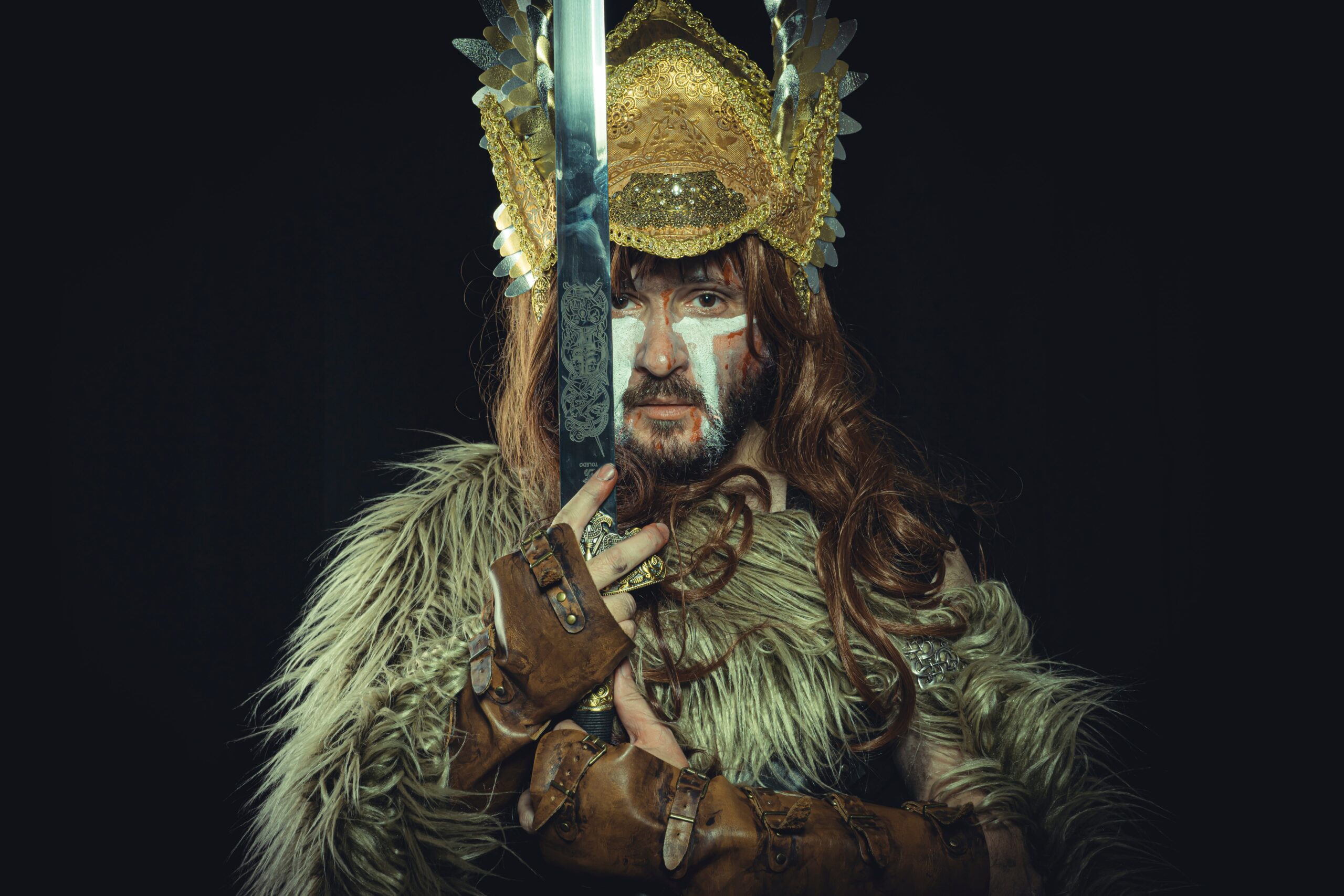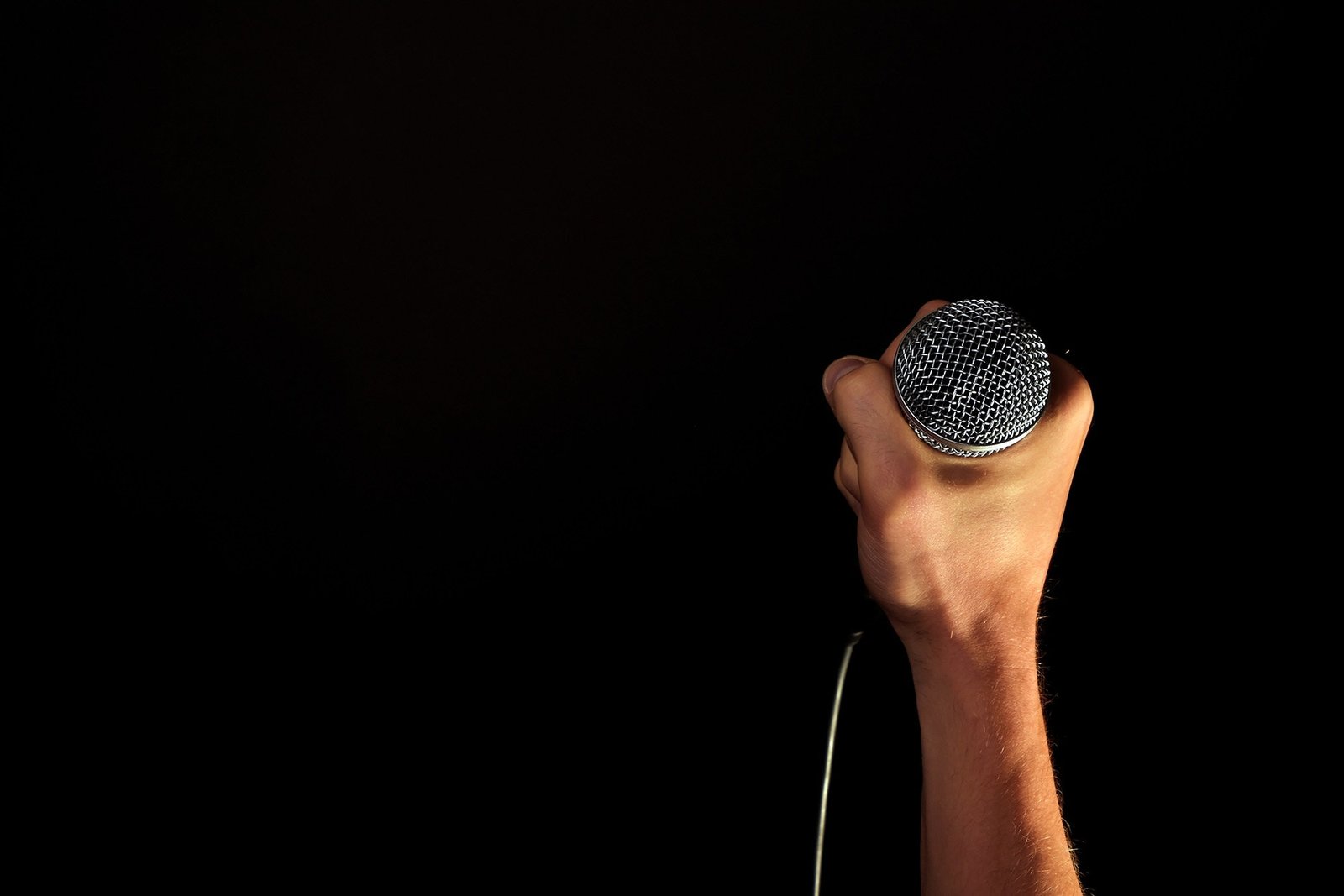Viking warriors were known for their fearsome appearance and battlefield ferocity. Part of their look included distinctive paint designs on their faces, which helped to intimidate their enemies and boost morale among their fellow warriors.
The paint designs used by Viking warriors varied based on individual preferences, tribal affiliations, and regional customs. Some designs were simple, with basic lines or dots drawn on the face using ash or soot mixed with water or animal fat. Others were more elaborate, with intricate geometric patterns, animal motifs, or representations of the gods.
Black was the most common color used in Viking warrior paint, as it was easily obtainable and provided a stark contrast against the pale skin of the Vikings. Red and white were also used, with red being symbolic of blood and white representing purity.
Some Vikings would also dye their hair and beards with henna, which turned their hair a bright red color. This was done not only for aesthetic purposes but also as a way to appear more fearsome in battle, as the red color was associated with blood and violence.
The use of paint and other forms of body decoration was not limited to male Viking warriors. Women also took part in this practice, using paint to adorn their faces and bodies for celebrations and other special occasions.
Today, many people still use Viking warrior paint designs as a way to connect with their heritage or to embrace a more natural and primal way of life. Whether worn as part of a historical reenactment or simply as a personal expression of identity, Viking warrior paint remains a powerful symbol of strength, courage, and fierce determination.




